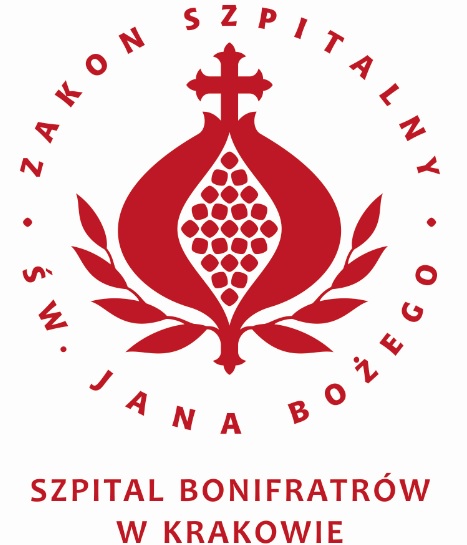

1. Trip to Wieliczka – Oldest Salt Mine in Europe
Magnificent chambers chiselled out in rock salt. Amazing underground saline lakes, majestic timber constructions and unique statues sculpted in salt. Almost 3 kilometres of meandering corridors, 800 steps to climb of which 350 have to be descended to reach the depth of 135 meters underground. Thus it is no surprise that till now, the Tourist Route, the main visiting route of the mine has been visited by 36,000,000 tourists from around the whole world in search of adventures.
The journey starts at the Danilowicz Shaft. Here, visitors meet their guide, who during their excursion will tell them everything they want to know about the mine history and its secrets. About the forces of nature ruling within the depths of the mine, about the ethos of hard work performed by the generations of miners. Travelling further and further into the mine chasm tourists discover unusual places and see with their own eyes the power of human hands that once excavated rock salt, as well as magnificent mining tools and machines.
Visitors will also have the opportunity to see a completely different image of the mine hearing the legend about Princess Kinga and how she brought the salt treasure to Polish land. Half way along the route they will see the wondrous chapel dedicated to her and the saline works of art decorating the chapel. Visitors will have a moment for reflection hearing the music of Chopin accompanying a light and sound spectacle on the shores of one of the saline lakes. And finally, at the end of the journey, after tasting the culinary delicacies served in the underground tavern, an elevator will take them up to the surface.
2. Medieval Cracow
The historic centre of Cracow, the former capital of Poland, is situated at the foot of the Royal Wawel Castle. The 13th-century merchants' town has Europe's largest market square and numerous historical houses, palaces and churches with their magnificent interiors. Further evidence of the town's fascinating history is provided by the remnants of the 14th-century fortifications and the medieval site of Kazimierz with its ancient synagogues in the southern part of town, Jagellonian University and the Gothic cathedral where the kings of Poland were buried.
During the trip you will visit:
The Wawel Royal Castle and the Wawel Hill constitute the most historically and culturally important site in Poland. For centuries it was the residence of the kings of Poland and the symbol of Polish statehood, the Castle is now one of the country’s premier art museums.
The Bazylika Mariacka (Saint Mary's Basilica) is undoubtedly one of Krakow's most famous and most spectacular landmarks. It towers over the northeast corner of the Main Market Square, its delicately sculpted turrets peeking over the roof of the Sukiennice (Cloth Hall), visible from all over the city. Like so many places in this enchanting city of Krakow, the Mariacki church towers are swathed in legend.
The Cloth Hall (In Polish Sukiennice) in Kraków dates to the Renaissance and is one of the city's most recognizable icons. It is the central feature of the main market square in the Kraków Old Town. It was once a major centre of international trade.
3. Kazimierz and Jewish Cracow
Kazimierz is a historical district of Kraków and Kraków Old Town. Since its inception in the fourteenth century to the early nineteenth century, Kazimierz was an independent town, a royal city of the Crown of the Polish Kingdom. For many centuries, Kazimierz was a place of coexistence and interpenetration of Christian and Jewish cultures, its north-eastern part of the district was historic Jewish.
The route leads through the streets of the former Jewish town starting at the Jewish Cultural Centre on ul. Meiselsa 17 and leading to the New Jewish Cemetery on ul. Miodowa 55.
Should you be interesting to participate in one of the trips, please sign it during registration.
NEXT EDITION
SAVE THE DATE: OCTOBER 9-10, 2015
CRACOW, POLAND
2nd edition of the Cracow Vascular Summit
International Meeting for Progress in Endovascular Therapies
West Meets East
More information soon on: www.cvs2015.pl
CRACOW, POLAND
2nd edition of the Cracow Vascular Summit
International Meeting for Progress in Endovascular Therapies
West Meets East
More information soon on: www.cvs2015.pl





